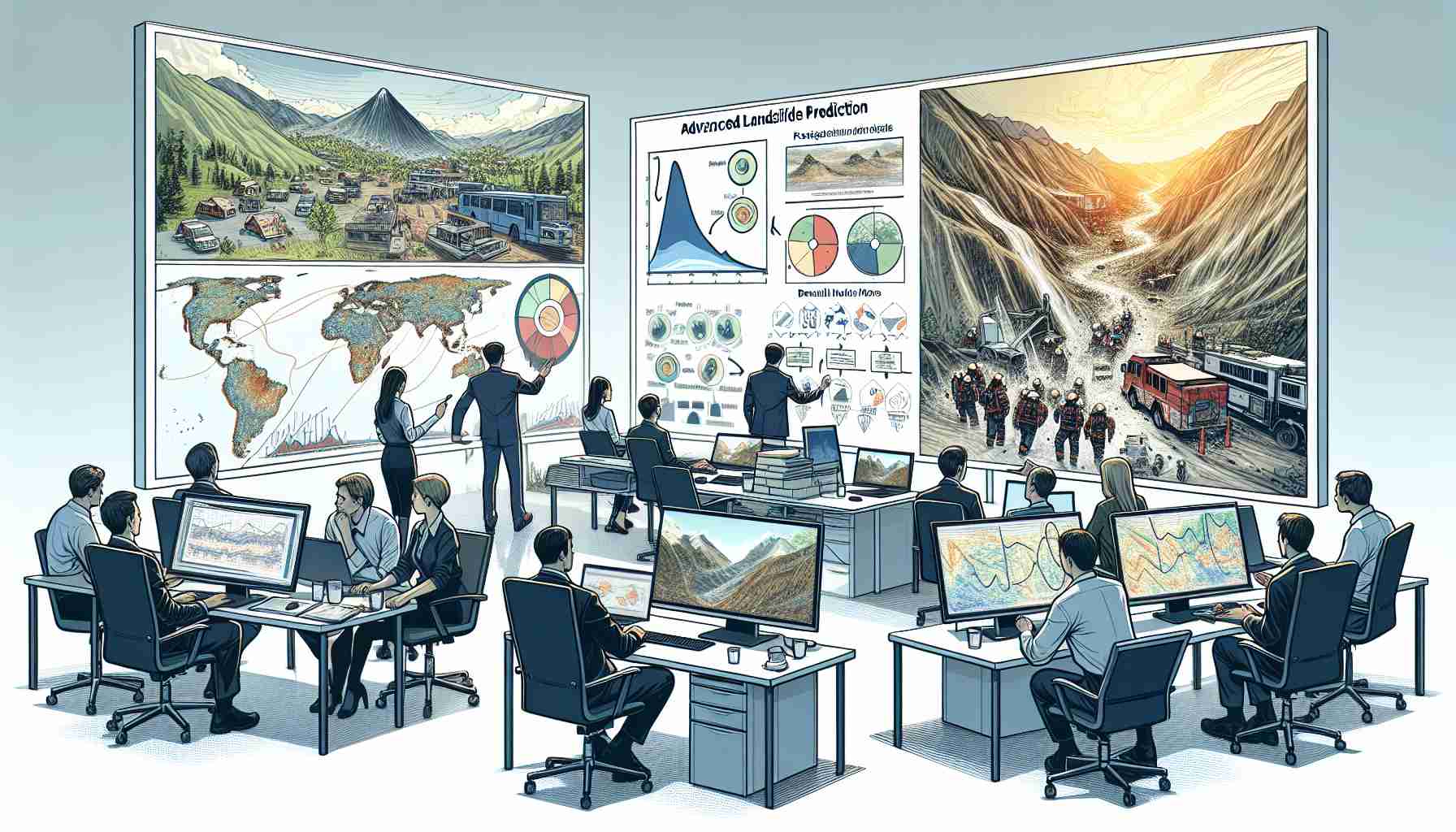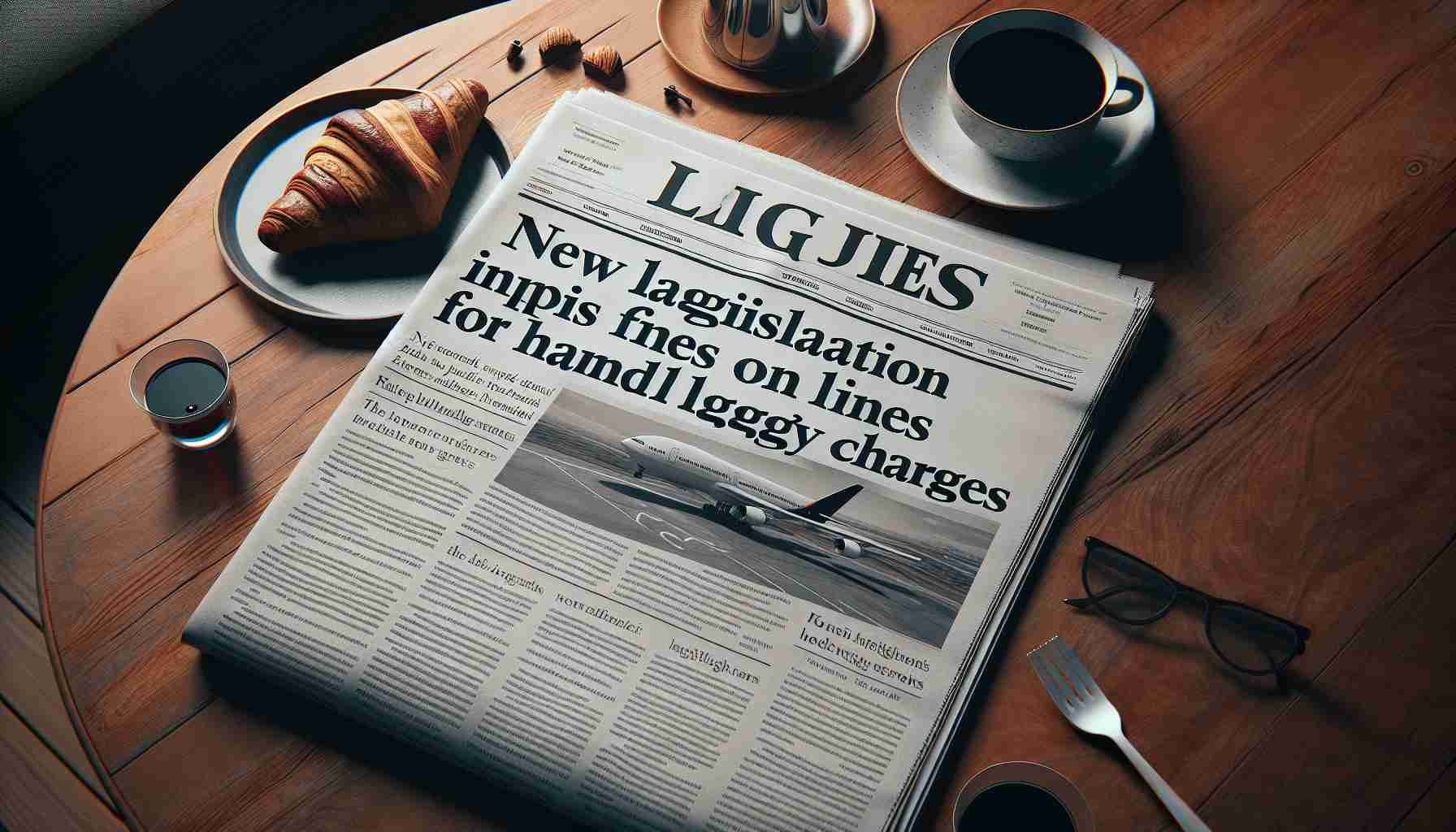Cutting-edge technology has revolutionized the way experts predict landslides, aiming to mitigate future disasters before they strike. Spearheading this effort are Dr. Ben Mirus and Dr. Francis Rengers from the U.S. Geological Survey, who are utilizing laser scans and GPS cameras to meticulously chart the aftermath of recent extreme weather events.
Through their aerial surveys, Mirus and Rengers have identified over 600 landslides triggered by a recent hurricane, with expectations of discovering many more as satellite imagery analysis progresses. The comprehensive mapping of these landslides not only sheds light on the extent of the devastation but also paves the way for improved disaster preparedness strategies.
Meanwhile, at the NASA Goddard Space Flight Center, Dr. Dalia Kirschbaum is harnessing the power of satellite technology to monitor global rainfall patterns and the occurrence of landslides. By utilizing real-time data collection and advanced mapping techniques, Kirschbaum and her team at NASA strive to enhance our understanding of landslide triggers and ultimately save lives through early prediction and intervention.
Collaborative efforts between NASA, the USGS, and other scientific entities, coupled with the integration of artificial intelligence, offer a promising outlook for landslide prediction. By leveraging these innovative tools and methodologies, communities can proactively identify high-risk areas and implement preventative measures to minimize the impact of natural disasters.
In the wake of recent catastrophic events, the imperative to bolster landslide prediction capabilities has never been more pressing. As recovery efforts continue in affected regions and the looming threat of Hurricane Milton looms, the importance of proactive disaster management strategies cannot be overstated.
Recent Breakthroughs in Landslide Prediction Technology Unveil Key Insights and Challenges
Cutting-edge technology and innovative approaches are reshaping the landscape of landslide prediction, bringing forth new possibilities for disaster mitigation. While the efforts of prominent experts like Dr. Mirus, Dr. Rengers, and Dr. Kirschbaum have significantly advanced our understanding of landslides triggers and behaviors, there are still important questions that linger in this evolving field of study.
Key Questions:
1. How can existing satellite technology be further optimized to enhance the accuracy and timeliness of landslide predictions?
2. What role does artificial intelligence play in streamlining data analysis and improving the efficiency of landslide forecasting models?
3. Are there socioeconomic factors that hinder the widespread adoption of advanced landslide prediction methods in vulnerable regions?
Answers and Challenges:
1. Optimizing satellite technology involves overcoming challenges such as limited coverage in remote or geographically challenging areas, as well as the need for real-time data processing capabilities to keep pace with rapidly changing environmental conditions.
2. Artificial intelligence holds immense potential for automating the analysis of complex data sets and identifying subtle patterns that may precede landslide events. However, ensuring the reliability and interpretability of AI-driven predictions remains a critical challenge that requires ongoing research and validation.
3. Socioeconomic factors, including funding constraints, technological accessibility, and stakeholder collaboration, can pose barriers to the widespread implementation of advanced prediction methods, highlighting the need for inclusive strategies that address the diverse needs of at-risk communities.
Advantages and Disadvantages:
The adoption of advanced landslide prediction methods offers numerous advantages, including:
– Early warning capabilities that can save lives and minimize property damage.
– Enhanced preparedness and response measures based on detailed mapping and risk assessment.
– Opportunities for targeted mitigation strategies that focus resources on high-risk areas.
However, there are also challenges and potential disadvantages to consider, such as:
– Data privacy concerns related to the collection and utilization of extensive geospatial information.
– The need for continuous innovation to stay ahead of evolving landslide triggers and dynamics.
– The requirement for ongoing training and capacity-building efforts to empower local communities in utilizing advanced prediction tools effectively.
In conclusion, the intersection of technology, science, and proactive disaster management presents a promising trajectory for improving landslide prediction and mitigation efforts. Addressing the key questions, challenges, and considerations outlined above will be vital in ensuring the robustness and inclusivity of future disaster preparedness strategies.
For more insights on cutting-edge technologies and disaster risk reduction, visit USGS.













